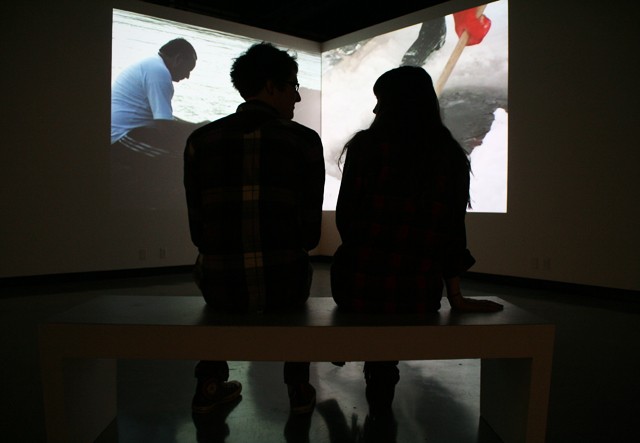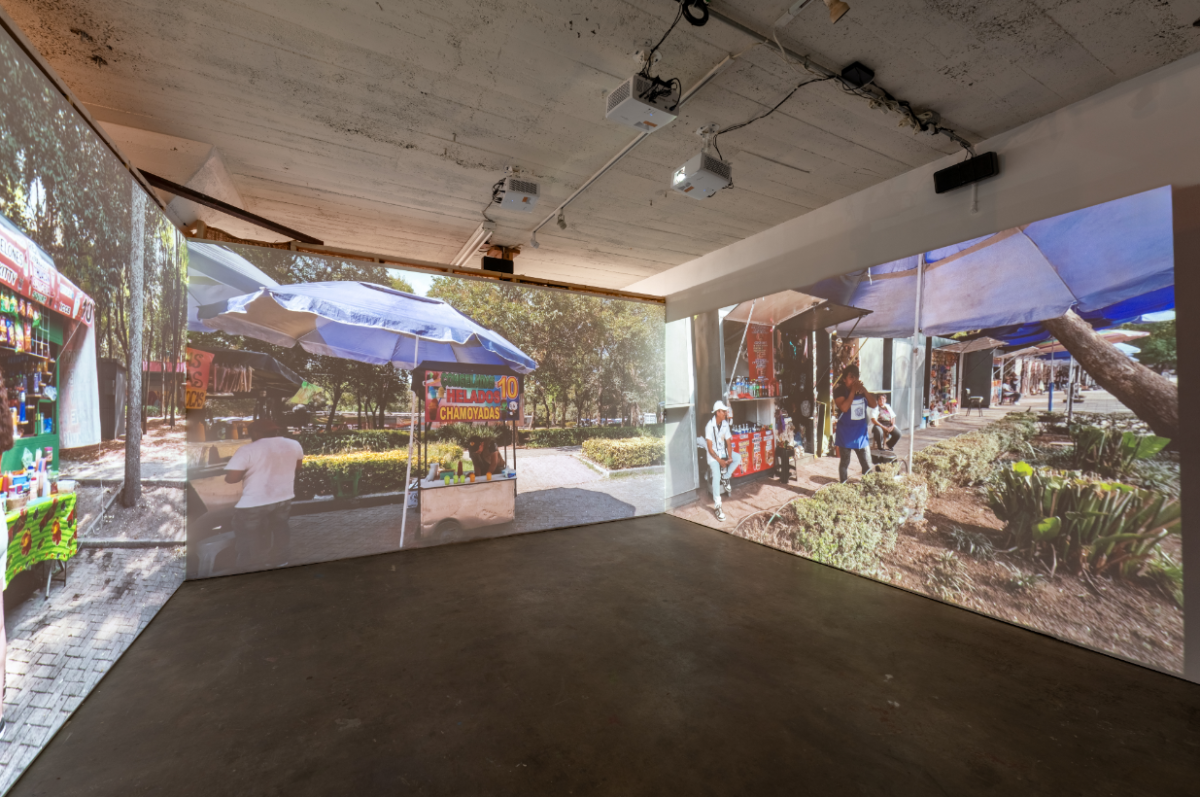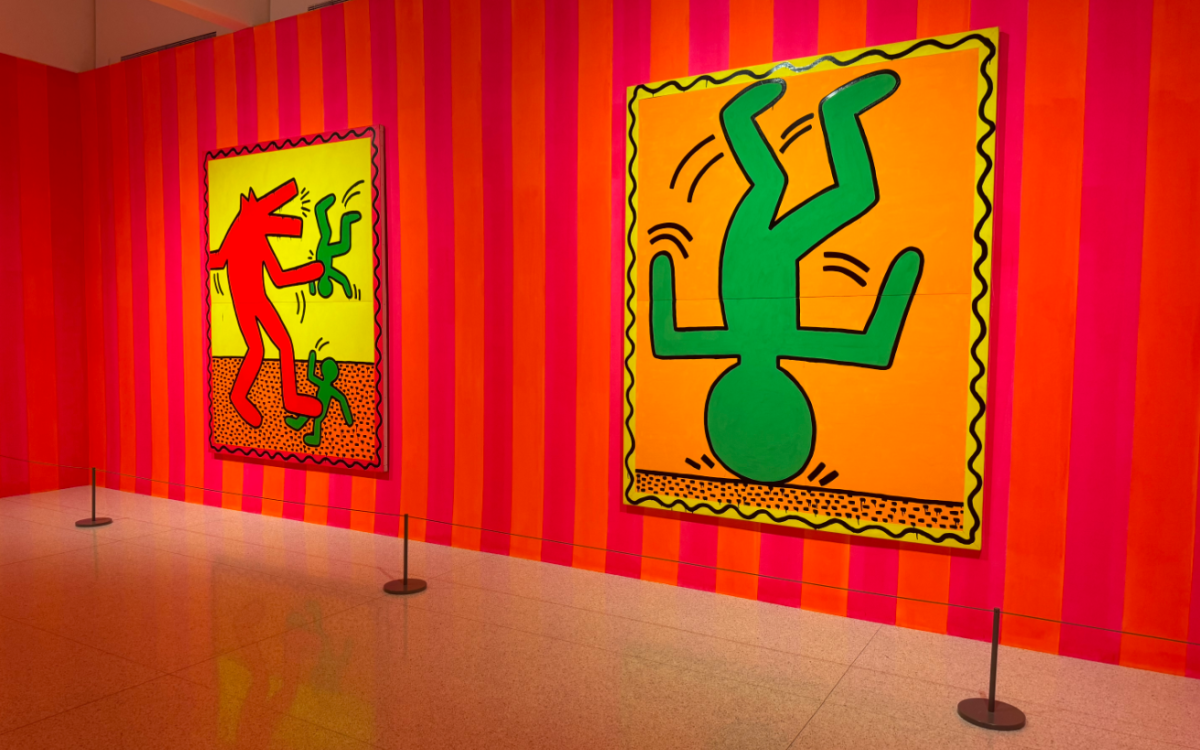almos(t)here: New bearings from contemporary artists in Europe WHERE: Katherine E. Nash Gallery, 405 21st Ave. S. WHEN: Jan. 22 âÄì Feb 18 TICKETS: Free In the continuing globalization of the economy, nationalism is continuously called into question by shifting national identities, migration and economic divides. âÄúAlmos(t)here: New bearings from contemporary artists in EuropeâÄù âÄî the new exhibition at the Katherine E. Nash gallery on the West Bank âÄî explores the political and social issues following migrationâÄôs unsteady cultural memory. The region under exploration is Europe, where all of the artists are from, including several from Finland. Most of the works in the show are installation video art, documenting the hardships and suffering encountered after swift uprooting or the changing nature of collective consciousness following war. The films fight through the division between Eastern and Western Europe, and grapple with the stigma that has surrounded Middle Eastern identities recently. Katarina Zdjelar (Serbia/Netherlands) works through language barriers in her film âÄúThere Is No IsâÄù as, she directs a pair of Asian women on the pronunciation of her name again and again. âÄúThere Is No IsâÄù emphasizes the physical aspect of speech, expanding on the idea that native language inhabits the concrete portion of word formation for individuals. Assimilation into a new culture is never fully possible because of the phonetic signifiers that will always distinguish outsiders. Finnish artist Jaakko HeikkiläâÄôs series of photography âÄúUnspoken DestiniesâÄù fills the opening gallery wall. The pieces are all heavily saturated with color, making them feel like part of an immigrantâÄôs hyper-reality. The series explores the Armenian massacre in the early 1900s. The photographs, along with extensive juxtaposed text, investigate what it means to be âÄúfromâÄù a place, while the writing questions what it means to be Armenian when one has never traveled to the homeland. Whether it be the dislocation of national identity from inhabited space or the private education of children in Istanbul, âÄúalmos(t)hereâÄù challenges audience members to think about the globalization of the world as a jarring experience for those clinging to shreds of cultural heritage.
Daily Email Edition
Get MN Daily NEWS delivered to your inbox Monday through Friday!

Published July 25, 2024

Published July 25, 2024

Published July 25, 2024
Trending
How far away is ‘almos(t)here?’
The Nash’s exhibit features European artists expounding on the difficulties of physical boundaries in an era of globalization.

Image by Joe Michaud-Scorza
Sophomores Brenden Gerber and Elsabet Roth watch a video at the faculty exhibition in the Katherine E. Nash Gallery on Tuesday. Faculty work will be shown at the Regis Center for art through February 18th.
by John Sand
Published January 28, 2010
Leave a Comment
More to Discover













